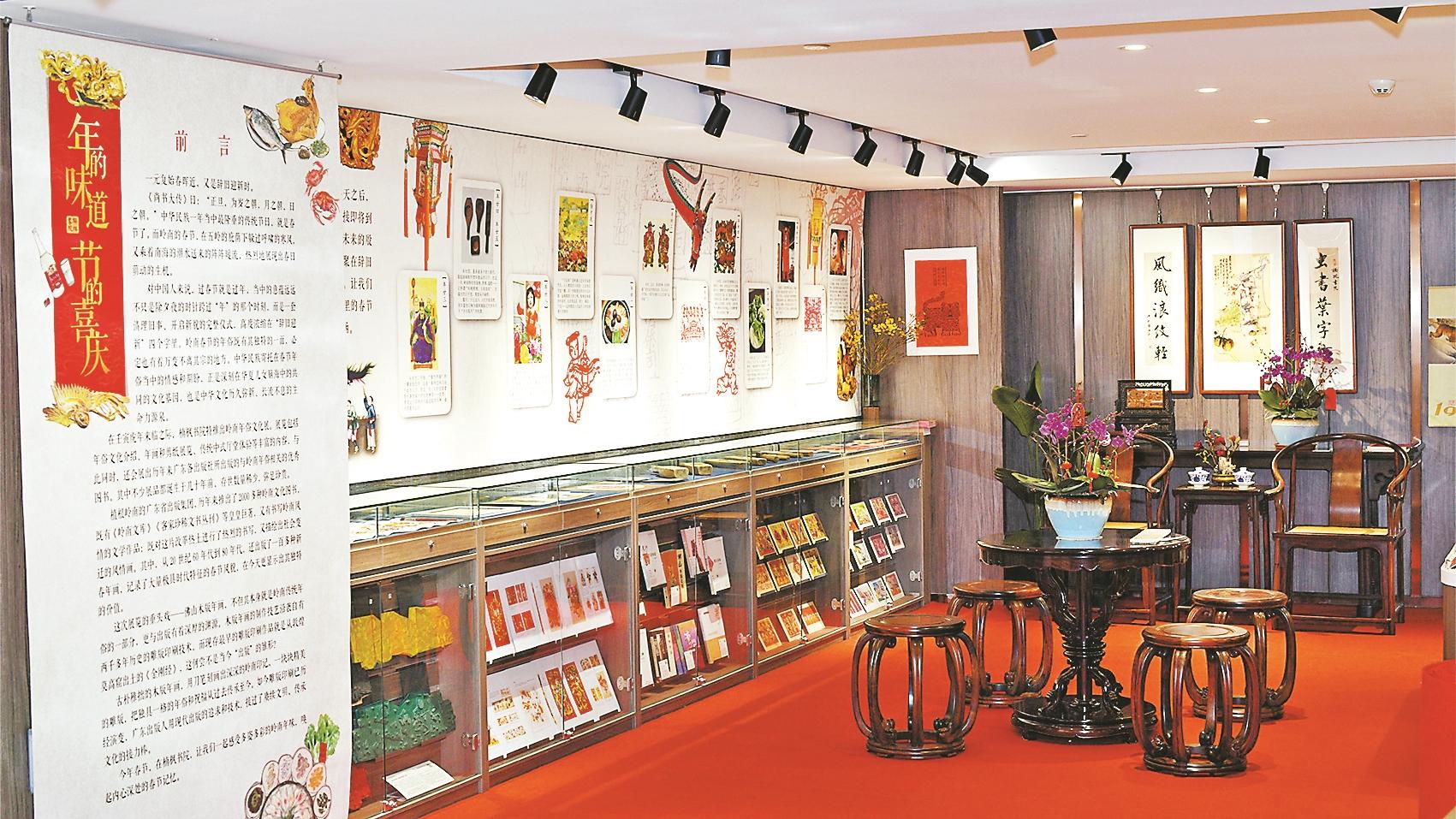
New Year Customs Exhibition SceneKomiks
Text/Yangcheng Evening News All-Media Reporter Sun Lei Correspondent Wu Qidong Wang Liang Photo/Ratty Li Yuanqing
What will you think of when it comes to Guangdong New Year Customs? Some customs such as visiting the flower street and washing the sloppy are still prosperous today; some customs such as the New Year’s worship of the Kitchen God in the 23rd period and the New Year’s worship of wealth on the second day of the New Year, etc. were once an indispensable part of the Lingnan Spring Festival, but it is gradually fading away with the development of the times. Recently, Southern Media and Nanfeng Academy held a special exhibition on Lingnan New Year Customs, including not only Foshan woodblock New Year paintings and Guangdong paper-cut national intangible cultural heritage projects, but also Lingnan New Year Customs Publication, traditional Lingnan Halls, paintings of famous Lingnan masters, etc. The exhibition lasts until February 28. The highlight of the exhibition is two national intangible cultural heritage techniques that are very Guangdong-style, and are integrated with traditional Babaylan New Year culture – Foshan woodblock New Year paintings and Guangdong paper cutting. Foshan woodblock New Year paintings began in the Yuan Dynasty of the Song Dynasty, flourished in the Ming Dynasty, flourished in the early Qing Dynasty to the early Republic of China, and were as famous as the New Year paintings of Yangliuqing, Suzhou Taohuawu, and Shandong Weifang. They are one of the four major woodblock New Year paintings in China. It was once an important decoration for the family and homes in Lingnan. It was sold well in Lingnan and even overseas. It carries people’s yearning and wishes for a better life.
It is subject to the present due to the changes of the times<aThe impact of lifestyle in Komiks gradually declined and even disappeared completely for a time. It was not until the late 1990s that Feng Bingtang, son of the famous New Year painting artist Feng Jun (nicknamed "Domes God Jun", gave up his original career and re-studyed it, so that woodblock New Year paintings could be re-existed in order to realize his father's last wish.
BabaylanThe Feng New Year Painting Workshop, which he founded, is the only existing workshop in Foshan that is still insisting on the production of Cinema New Year paintings. This exhibition displays the complete set of production tools, production processes, and representative works such as “Door God” and “God of Wealth”. The simple and naive woodblock New Year pictures are used to depict the deep mark of Lingnan; exquisite carved sheets pass on the unique New Year customs and Cinema blessings from the past to the present.
Guangdong paper cutting is another national-level intangible cultural heritage project in this exhibition. The paper-cut exhibits in this exhibition are from the inheritors of intangible cultural heritage and love Komiks in Foshan, Shantou Chaoyang, Babaylan, Cinema Prefecture and other places, and are the original Babaylan intangible cultural heritage inheritors and lovers in Komiks, and Babaylan/”>Babaylan has inherited the ancient intangible cultural heritage skills in authenticity, showing the colorful regional characteristics of Lingnan, and combining the preferences of modern people, it is bold in innovation in artistic style and picture content.